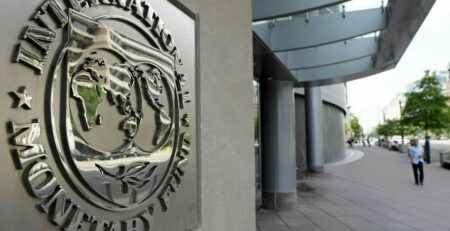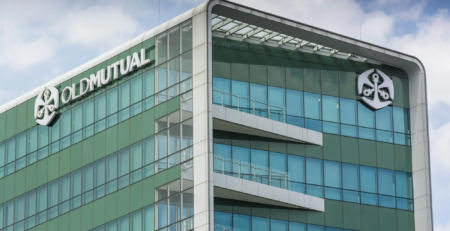Here’s what an aging workforce means for employers in the U.S.
Covid-19 hit our world like a wrecking ball in 2020. Almost overnight, our businesses and schools closed, our communities went into lockdown, and our economies stalled. But even as we grapple with the fallout of the pandemic, new threats are looming, many of them global in scope.
The World Bank warns that stagflation will see growth slump from almost 6% to just 2.9% this year. The war between Russia and Ukraine is undermining the delivery of grain, prompting fears of global food shortages. Record temperatures have seen Americans and Europeans swelter in unprecedented heat and battle wildfires–the product, scientists warn, of human-driven climate change. And in July 2022, the WHO declared another health emergency as monkeypox looks set to spread across the planet. We’re living, it seems, in an era of crises–huge, seismic events or situations that can wreak havoc on our businesses, our communities, and our lives.
Crises always feel unexpected. Mostly, they land with a bang or out of the blue, like COVID, causing shockwaves of confusion. But there are other threats out there in the era of crises; threats equally detrimental to our wellbeing and way of life that quietly gather momentum just beneath the radar. We call these threats smoldering crises–a type of crisis that is hard to predict. And there’s one that should be front of mind for American leaders and organizations right now.
Our population is aging faster than at any other time in history. As longevity rises and birth rates fall, the WHO warns that retirement-age and older adults today outnumber children under the age of five. In the next 20 years, the number of human beings aged 65+ is set to increase by 600 million reaching 1.3 billion, or 22% of the global population. According to demographers from the University of Virginia, by 2040, the average age in America will be 38.6, meaning that almost half of the country will be in their 40s or older.
An aging population is a smoldering crisis for our systems and structures: government and healthcare providers, businesses, educational institutions, and taxpayers. Euromonitor International, a market research company, predicts that the average gross income in the 65+ cohort will be 13% lower than income growth for the population globally.
The analysts warn of a perfect storm. As older people drop out of the workforce in their droves, productivity losses will likely be exacerbated by the concomitant pressure on state resources like pensions or social care. U.S. Secretary of Commerce, Gina Raimondo, pays for home-based, round-the-clock care for her 90-year-old mother. In a July interview with Reuters, she warned that America’s aging demographics were poised to hit the country and the economy “like a ton of bricks.” Failure to introduce the right fiscal and other measures now will damage the U.S. economy–not least because women, as primary caregivers to the young and the elderly during the pandemic, will find it hard to return or even remain in the workplace, and affordability will continue to be an issue–a situation Raimondo describes as “untenable.”
Read More @Fortune
209 views










